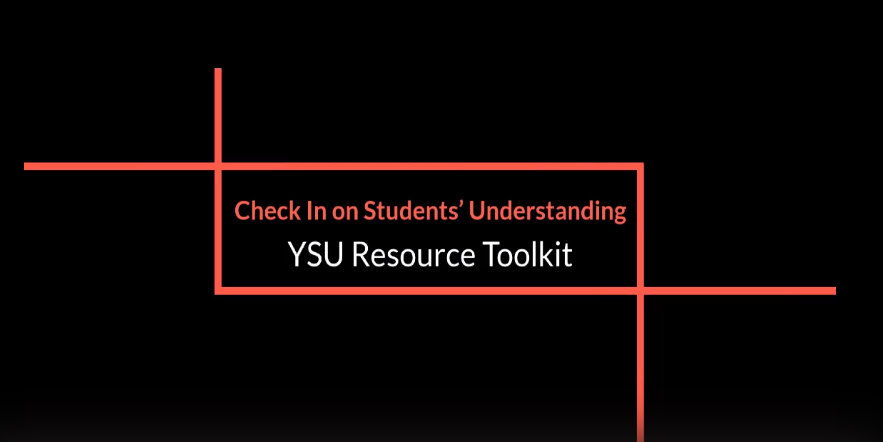You can approach the types of questions you ask through several lenses – you may want to gauge learning (if so, check out the Classroom Assessment Techniques section below), get a sense of what students think about the course, or see how students' lives are being effected outside of school. First, establish your purpose, then design your question protocol or tool. Some examples of questions include:
- What helps/hinders your learning in this course?
- What suggestions do you have for me to improve learning in this course?
- What do you like most/least about this course so far?
- What should we start/stop/keep doing in this course?
- What specific advice would you give to help your instructor improve learning in this course?
There is also benefit in asking “learner-centered” questions. Some examples include:
- What are YOU doing to help your learning in this course?
- What are YOU doing to hinder your learning in this course?
- What could YOU be doing to improve your learning in this course?
- What steps could YOU take to improve your own learning in this course?
These types of questions may provide you useful information in connecting students to campus support. You may simply want to check-in with students and find out more about their lives during Covid-19. You can follow these instructions for a 2-question survey template you can use with your students.

